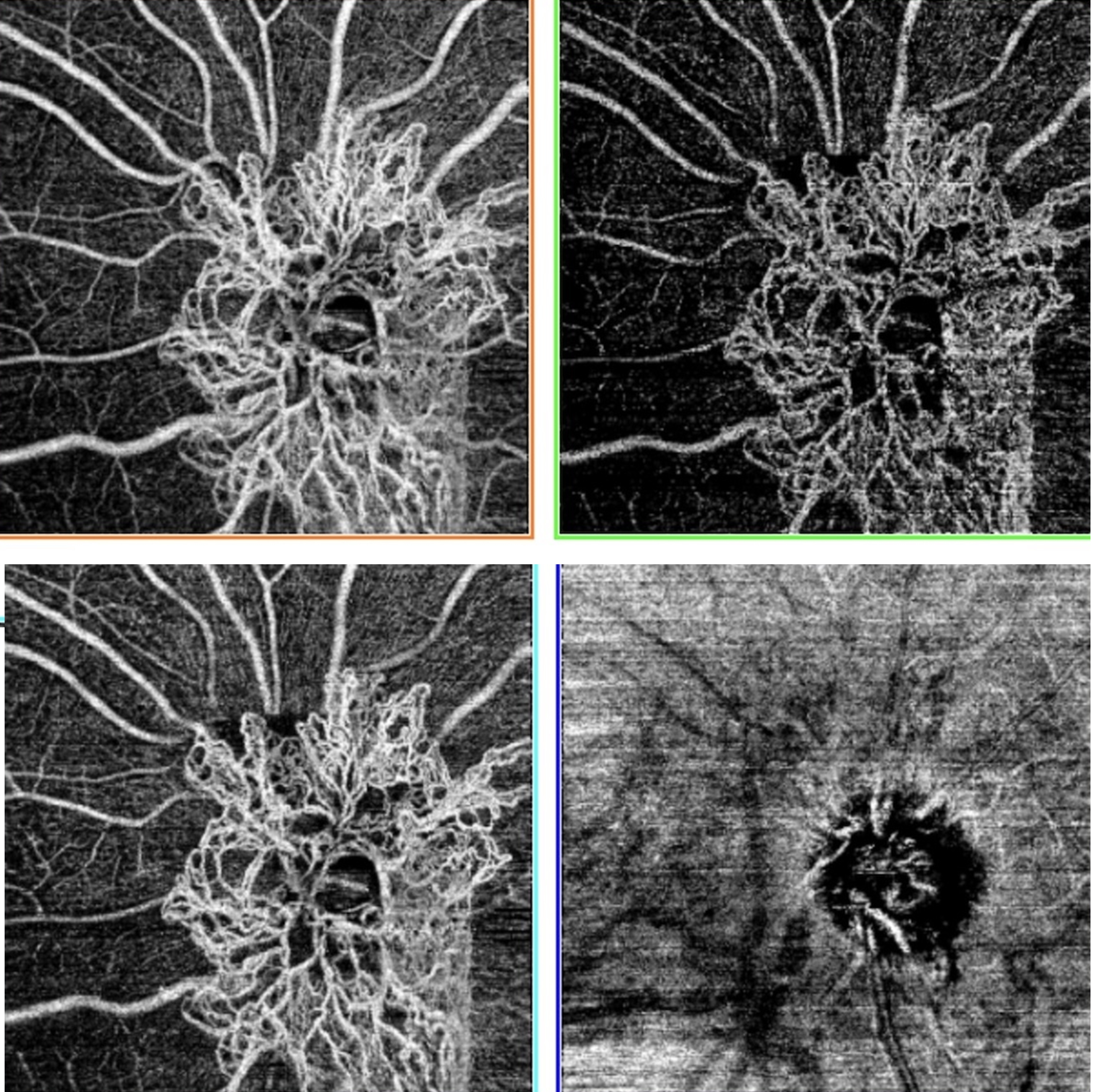Anti-vascular endothelial growth factor therapies in ophthalmology
Medical hypothesis discovery and innovation in ophthalmology,
Vol. 14 No. 3 (2025),
27 September 2025
,
Page 107-135
https://doi.org/10.51329/mehdiophthal1526
Abstract
Background: Retinal diseases, including neovascular age-related macular degeneration, diabetic retinopathy, and retinal vein occlusion, are leading causes of vision loss worldwide. The introduction of anti-vascular endothelial growth factor (anti-VEGF) therapies has dramatically changed the management of these conditions, offering targeted treatment that can preserve and even improve vision. We aimed to provide a comprehensive review of the development, clinical applications, and emerging indications of anti-VEGF therapies in ophthalmology, including biosimilar agents.Methods: A comprehensive literature search was conducted in PubMed/MEDLINE for English-language articles published up to 31 July 2025. Additional sources were identified through manual screening of reference lists. Included studies spanned various designs: clinical trials, meta-analyses, observational studies, and preclinical research. Keywords used in the search strategy included terms such as “anti-VEGF therapy”, “biosimilar pharmaceuticals”, “intravitreal and intrastromal anti-VEGF injections”, “retinal diseases” including “macular degeneration” and “retinal neovascularization”, “ranibizumab”, and “bevacizumab”, as well as relevant MeSH terms where applicable.
Results: Anti-VEGF agents have transformed the management of retinal diseases such as neovascular age-related macular degeneration, diabetic macular edema, proliferative diabetic retinopathy, retinal vein occlusion, and retinopathy of prematurity. Newer agents such as brolucizumab and faricimab offer prolonged durability and enhanced anatomic outcomes, while biosimilars provide cost-effective alternatives. Anti-VEGF therapy has also shown promise in off-label or emerging indications such as neovascular glaucoma, corneal neovascularization, and other retinal or choroidal disorders including secondary macular edema and/or macular neovascularization associated with various forms of uveitis, diffuse choroidal hemangioma in Sturge-Weber Syndrome, hereditary retinal disorders such as fundus flavimaculatus, Coats-Like retinitis pigmentosa, Peripherin-2-associated retinopathy, immune checkpoint inhibitor use, radiation retinopathy, retinitis pigmentosa, Bietti crystalline dystrophy, autosomal recessive bestrophinopathy, melanocytoma-associated macular neovascular membrane, Best disease, Wyburn-Mason syndrome, choroidal osteoma, peripheral exudative hemorrhagic chorioretinopathy, traumatic choroidal rupture, torpedo maculopathy, optic disc melanocytoma, type 2 proliferative macular telangiectasia, and Coats disease. High-dose formulations and innovative delivery systems are under active investigation to reduce the treatment burden and extend dosing intervals.
Conclusions: Anti-VEGF therapies have revolutionized the field of ophthalmology, providing sight-saving treatment for a range of retinal diseases that were once considered untreatable or inevitably blinding. Today, anti-VEGF drugs are the go-to option for managing neovascular retinal disorders, thanks to their proven efficacy, favorable safety profile, and transformative impact on modern eye care.

- Abstract Viewed: 0 times
- Full Text PDF Downloaded: 0 times


